4-Vinylanilin
Synonym(s):4-Aminostyrene
- CAS NO.:1520-21-4
- Empirical Formula: C8H9N
- Molecular Weight: 119.16
- MDL number: MFCD00015329
- EINECS: 216-185-8
- SAFETY DATA SHEET (SDS)
- Update Date: 2024-10-25 16:21:11

What is 4-Vinylanilin?
Chemical properties
liquid
The Uses of 4-Vinylanilin
4-Aminostyrene undergoes graft copolymerization with poly(tetrafluoroethylene) (PTFE)1 and Si surface,2 followed by oxidative copolymerization with aniline. Thus, it renders PTFE and Si surface conductive.1 4-VAn is coupled with hydrogen terminated Si surfaces for electroless metal and synthetic metal deposition.3 Palladium(II) schiff base complexes derived from Allylamine and vinylaniline has been reported.4 It also acts as a second surfactant for coating nanomagnetic particles.5 It is used in functionalization of single-walled carbon nanotube through solvent free functionalization.
What are the applications of Application
4-Aminostyrene is a useful vinyl aniline for proteomics research
Definition
ChEBI: 4-Vinylaniline is a member of styrenes.
Synthesis Reference(s)
The Journal of Organic Chemistry, 53, p. 918, 1988 DOI: 10.1021/jo00239a056
General Description
4-Vinylaniline (4-VAn) is a primary amine surfactant.
Properties of 4-Vinylanilin
| Melting point: | 23 °C |
| Boiling point: | 213-214 °C(lit.) |
| Density | 1.017 g/mL at 25 °C(lit.) |
| refractive index | n |
| Flash point: | 210 °F |
| storage temp. | 2-8°C |
| solubility | Soluble in benzene, acetone and methanol. |
| form | Liquid or Low Melting Solid |
| pka | 4.73±0.10(Predicted) |
| color | Yellow to red |
| BRN | 2204173 |
| Stability: | Stable, but 0.1% sodium hydroxide may be added to inhibit polymerisation. Incompatible with strong oxidizing agents. |
| CAS DataBase Reference | 1520-21-4(CAS DataBase Reference) |
| EPA Substance Registry System | 4-Vinylaniline (1520-21-4) |
Safety information for 4-Vinylanilin
| Signal word | Danger |
| Pictogram(s) |
 Exclamation Mark Irritant GHS07  Health Hazard GHS08 |
| GHS Hazard Statements |
H315:Skin corrosion/irritation H319:Serious eye damage/eye irritation H334:Sensitisation, respiratory H335:Specific target organ toxicity, single exposure;Respiratory tract irritation H351:Carcinogenicity H373:Specific target organ toxicity, repeated exposure |
| Precautionary Statement Codes |
P201:Obtain special instructions before use. P280:Wear protective gloves/protective clothing/eye protection/face protection. P305+P351+P338:IF IN EYES: Rinse cautiously with water for several minutes. Remove contact lenses, if present and easy to do. Continuerinsing. P308+P313:IF exposed or concerned: Get medical advice/attention. |
Computed Descriptors for 4-Vinylanilin
| InChIKey | LBSXSAXOLABXMF-UHFFFAOYSA-N |
New Products
4-AMINO-TETRAHYDRO-PYRAN-4-CARBOXYLIC ACID HCL 4-(Dimethylamino)tetrahydro-2H-pyran-4-carbonitrile 4-Aminotetrahydropyran-4-carbonitrile Hydrochloride (R)-3-Aminobutanenitrile Hydrochloride 3-((Dimethylamino)methyl)-5-methylhexan-2-one oxalate 1,4-Dioxa-8-azaspiro[4.5]decane 5-Bromo-2-nitropyridine Nimesulide BP Aceclofenac IP/BP/EP Diclofenac Sodium IP/BP/EP/USP Mefenamic Acid IP/BP/EP/USP Ornidazole IP Diclofenac Potassium THOMAIND PAPER PH 2.0 TO 4.5 1 BOX BUFFER CAPSULE PH 9.2 - 10 CAP SODIUM CHLORIDE 0.1N CVS ALLOXAN MONOHYDRATE 98% PLATINUM 0.5% ON 3 MM ALUMINA PELLETS (TYPE 73) LITHIUM AAS SOLUTION 2-Bromo-1-(bromomethyl)-3-chloro-5-nitrobenzene 2-Bromo-3-nitroaniline N-(3-Hydroxypropyl)-N-methylacetamide 3-Bromo-6-chloropyridazine 4-ethyl-3-nitrobenzoic acidRelated products of tetrahydrofuran
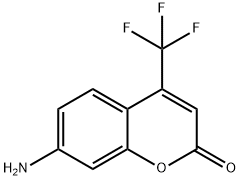

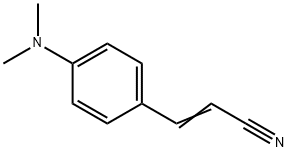
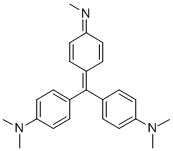

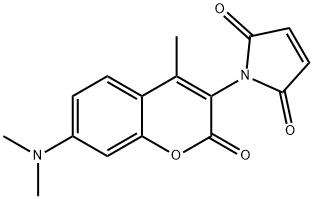
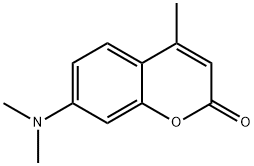

You may like
-
 4-Aminostyrene, stabilized CAS 1520-21-4View Details
4-Aminostyrene, stabilized CAS 1520-21-4View Details
1520-21-4 -
 4-Aminostyrene CAS 1520-21-4View Details
4-Aminostyrene CAS 1520-21-4View Details
1520-21-4 -
 4-Vinylaniline CAS 1520-21-4View Details
4-Vinylaniline CAS 1520-21-4View Details
1520-21-4 -
 1823368-42-8 98%View Details
1823368-42-8 98%View Details
1823368-42-8 -
 2-(3-(tert-butyl)phenoxy)-2-methylpropanoic acid 1307449-08-6 98%View Details
2-(3-(tert-butyl)phenoxy)-2-methylpropanoic acid 1307449-08-6 98%View Details
1307449-08-6 -
 Ethyl 3-(furan-2-yl)-3-hydroxypropanoate 25408-95-1 98%View Details
Ethyl 3-(furan-2-yl)-3-hydroxypropanoate 25408-95-1 98%View Details
25408-95-1 -
 2-Chloro-5-fluoro-1-methoxy-3-methylbenzene 98%View Details
2-Chloro-5-fluoro-1-methoxy-3-methylbenzene 98%View Details
1805639-70-6 -
 Lithium ClavulanateView Details
Lithium ClavulanateView Details
61177-44-4